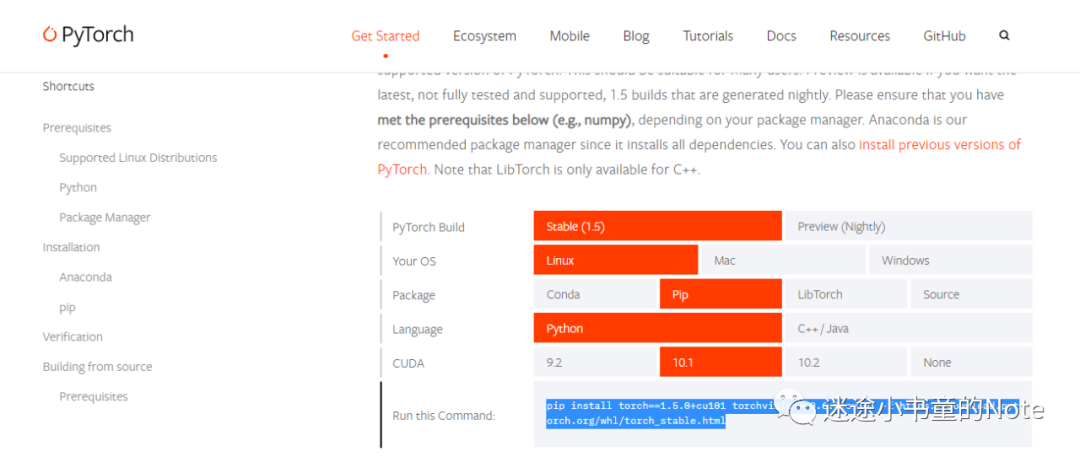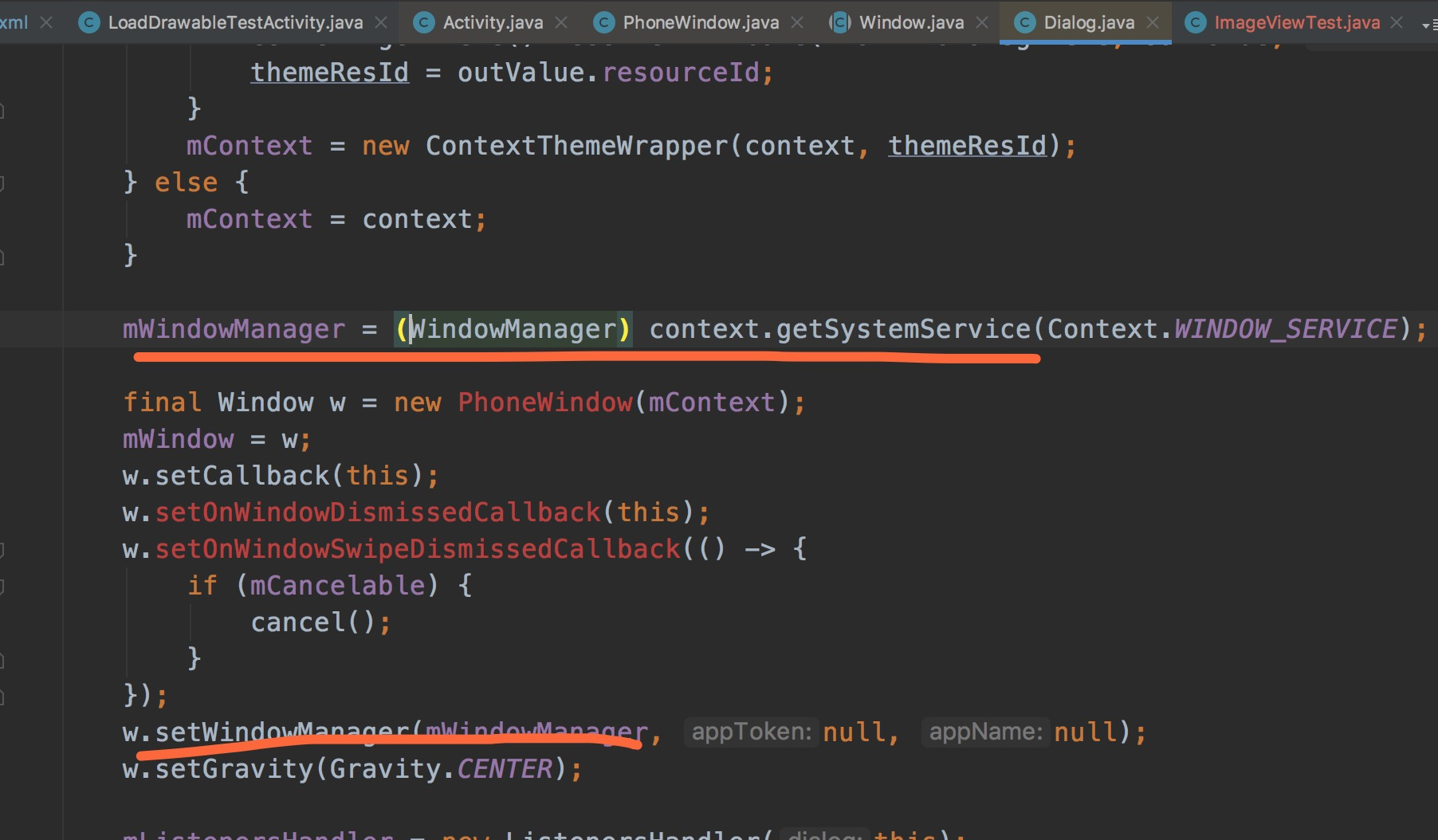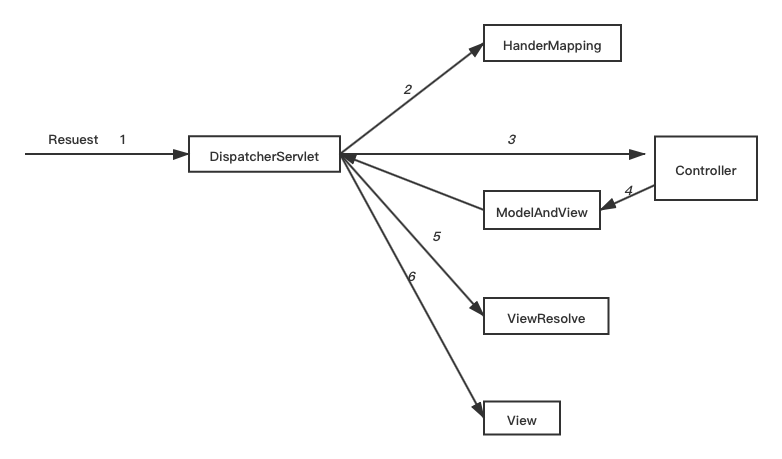What I want to do is to open gimp from a python program (with subprocess.Popen, perhaps), and in the same time, gimp will start with a python script that will open an image and add a layer... Well, how can I achieve that(I wish GIMP had better documentation...)?
Update:
I did this: subprocess.Popen(["gimp", "--batch-interpreter" , "python-fu-eval" , "-b" ,"\'import sys; sys.path.append(\"/home/antoni4040\"); import gimpp; from gimpfu import *; gimpp.main()\'"]) ,but, even if the console says "batch command executed successfully", nothing happens...
Update2:
from gimpfu import *
def gimpp():
g = gimp.pdb
images = gimp.image_list()
my_image = images[0]
layers = my_image.layers
new_image = g.gimp_file_load_layer("/home/antoni4040/Έγγραφα/Layout.png")
my_image.add_layer(new_image)
new_layer = g.gimp_layers_new(my_image, 1024, 1024, RGBA_IMAGE, "PaintHere", 0, NORMAL_MODE)
my_image.add_layer(new_layer)
register('GimpSync', "Sync Gimp with Blender", "", "", "", "", "<Image>/SyncWithBlender", '*', [], [], gimpp)
main()
Ok I finally got it working. I used the GIMP Python scripting to create a gimp plugin which can do a tonne of stuff including the layers you mentioned. Then you can just run gimp from the command line passing arguments to the python gimp script. The article Using Python-Fu in Gimp Batch Mode was an excellent resource for learning how to call gimp plugins from the command line. The example below will load the specified image into gimp, flip it horizontally, save and exit gimp.
flip.py is the gimp plug-in and should be placed in your plug-ins directory which was ~/.gimp-2.6/plug-ins/flip.py in my case.
flip.py
from gimpfu import pdb, main, register, PF_STRING
from gimpenums import ORIENTATION_HORIZONTAL
def flip(file):
image = pdb.gimp_file_load(file, file)
drawable = pdb.gimp_image_get_active_layer(image)
pdb.gimp_image_flip(image, ORIENTATION_HORIZONTAL)
pdb.gimp_file_save(image, drawable, file, file)
pdb.gimp_image_delete(image)
args = [(PF_STRING, 'file', 'GlobPattern', '*.*')]
register('python-flip', '', '', '', '', '', '', '', args, [], flip)
main()
from the terminal one could run this:
gimp -i -b '(python-flip RUN-NONINTERACTIVE "/tmp/test.jpg")' -b '(gimp-quit 0)'
or from Windows cmd:
gimp-console.exe -i -b "(python-flip RUN-NONINTERACTIVE """<test.jpg>""")" -b "(gimp-quit 0)"
or you can run the same from a python script using:
from subprocess import check_output
cmd = '(python-flip RUN-NONINTERACTIVE "/tmp/test.jpg")'
output = check_output(['/usr/bin/gimp', '-i', '-b', cmd, '-b', '(gimp-quit 0)'])
print output
I tested both to make sure they work. You should see the image get flipped after each script run.





